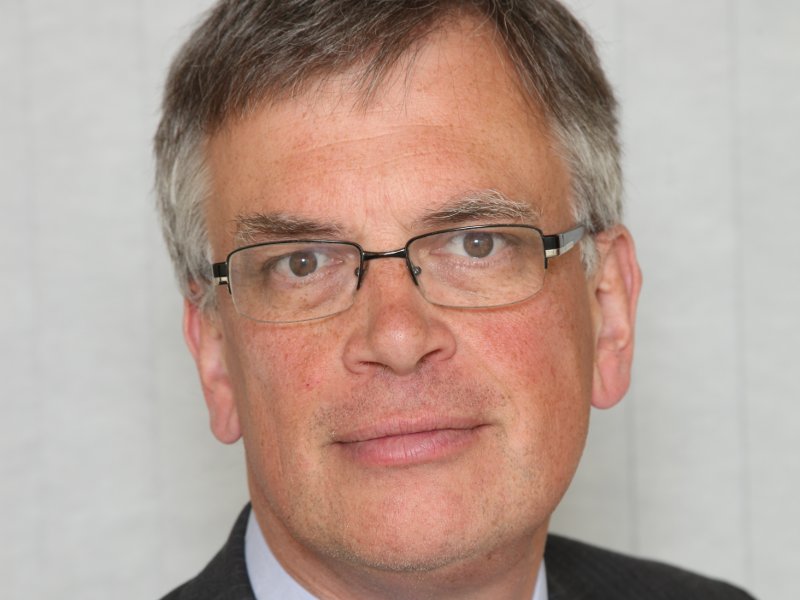The CA annual conference was held on the 6 February at the ICC Wales in Newport, South Wales.

The Conveyancing Association (CA) has used its annual conference to urge member firms to be prepared for significant changes in the future and to consider how their model might need to develop or evolve to cope with these changes.
The conference, which had the theme ‘Conveyancing 2025 & Beyond’, was held on the 6 February at the ICC Wales in Newport, South Wales.
Paul Smee (pictured), non-executive chair at the CA, introduced the conference and set the scene for the anticipated change that would change the conveyancing sector up to 2025 and beyond whilst special adviser to the CA, Eddie Goldsmith, outlined nine potential future conveyancing models, and chaired sessions on three in particular with a panel of experts for each.
At the end of the conference, the CA also heard that the Welsh Assembly Minister for Housing and Local Government had launched a Call for Evidence on estate charges on housing developments.
Smee said: “With this particular CA annual conference we wanted to cast our eye to the future and identify the potential changes that might take place over the next five to 10 years, because it’s certainly our assertion that the nature of conveyancing is going to change dramatically in that time and unless our member firms adopt the right models, they are unlikely to survive the period.
“This is why our sessions on the potential future conveyancing models available for firms to adopt were at the heart of the conference, because given the pace of technological and regulatory change coming our way, unless firms focus now on the type of business they want to be and how they meet those challenges, the end is likely to come sooner rather than later.
“At present, the are approximately 4,000 conveyancing firms active in the market, with one prediction suggesting this will be down to 1,000 by the end of the decade.
"As our own Eddie Goldsmith said, firms must decide whether they’ll be part of the 25% (or fewer) that are still here in five to 10 years, or part of the 75% (or more) that will not.
“The good news is that we have an incredibly engaged membership, and there are many options and paths they could take.
"We heard about a number of them at conference and each has their merits but not all will be right for every firm and members need to think carefully about the type of firm they are, the type of firm they want to be, and whether they need to significantly change in order to progress.
“It was also very positive to relay to attendees the depth and breadth of work the Association continues to carry out, and the tangible results we’re getting.
"As evidence of this - as we ended the conference - we heard of further movement in one such area, estate charges on housing developments in Wales, with the Welsh Assembly announcing a new Call for Evidence that we will obviously be feeding into.
“In such a wide range of areas, the CA is working with our stakeholder partners to get tangible change and my view is that 2020 will bring considerable regulatory movement.
"It’s our job to ensure the regulators understands how things are changing and that they should be regulating for today’s change not yesterday’s.
“The CA will continue to follow a very important agenda and with the input of our members, the practitioners, we will be able to move forward and secure a conveyancing process that works for all.”



